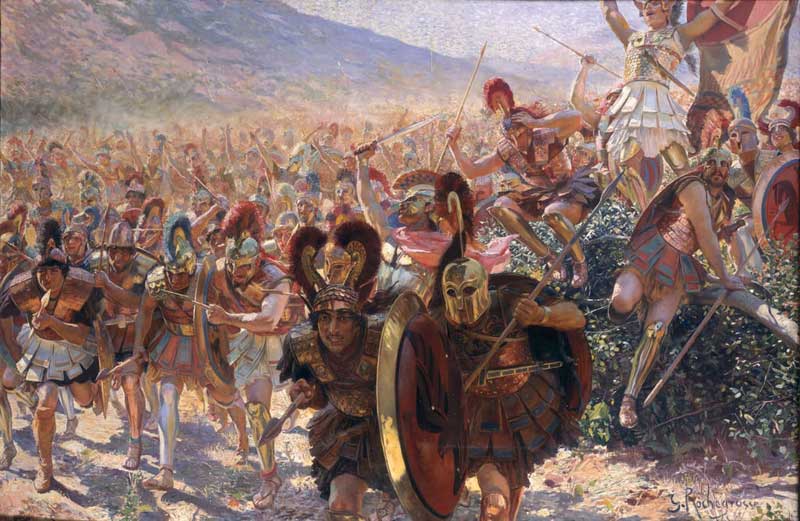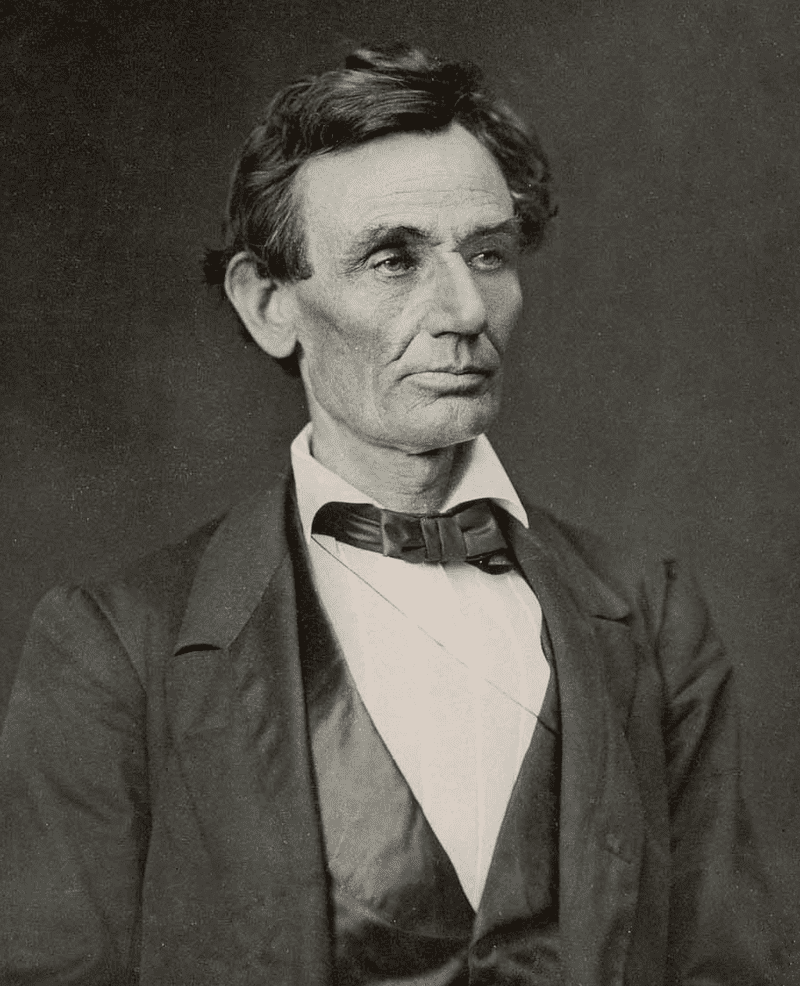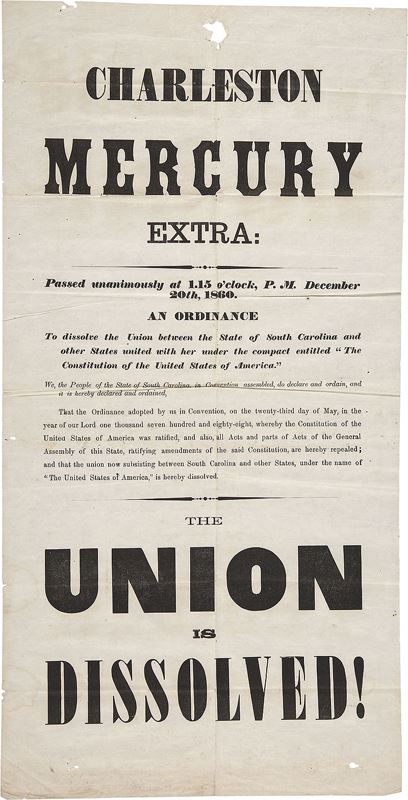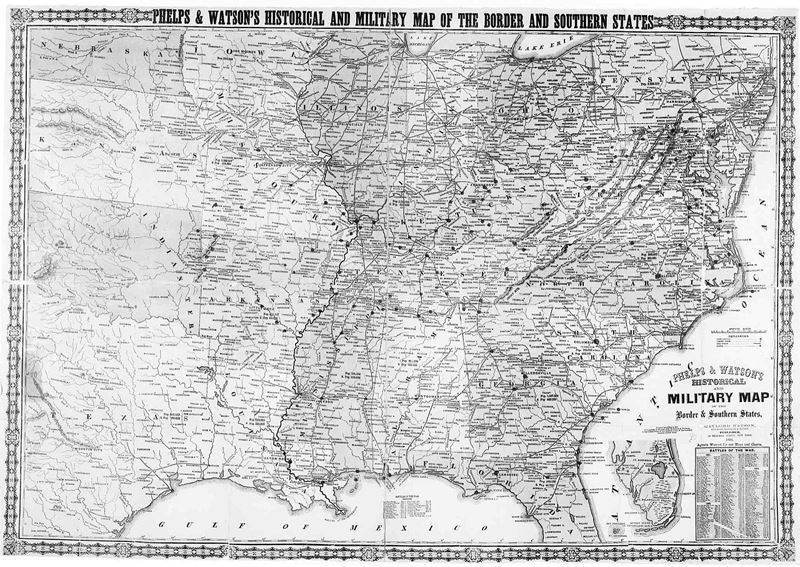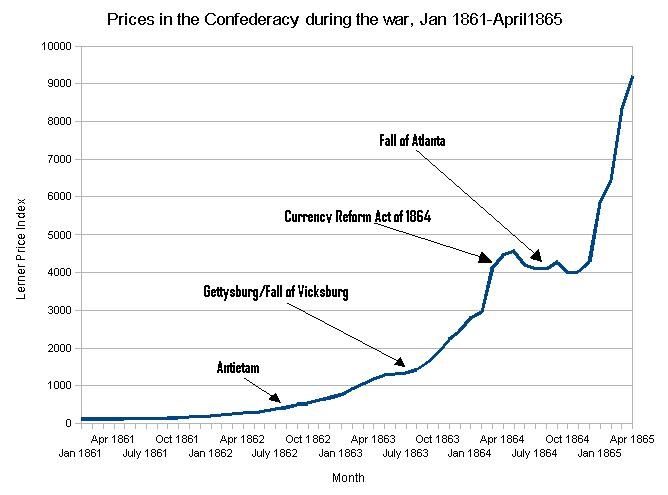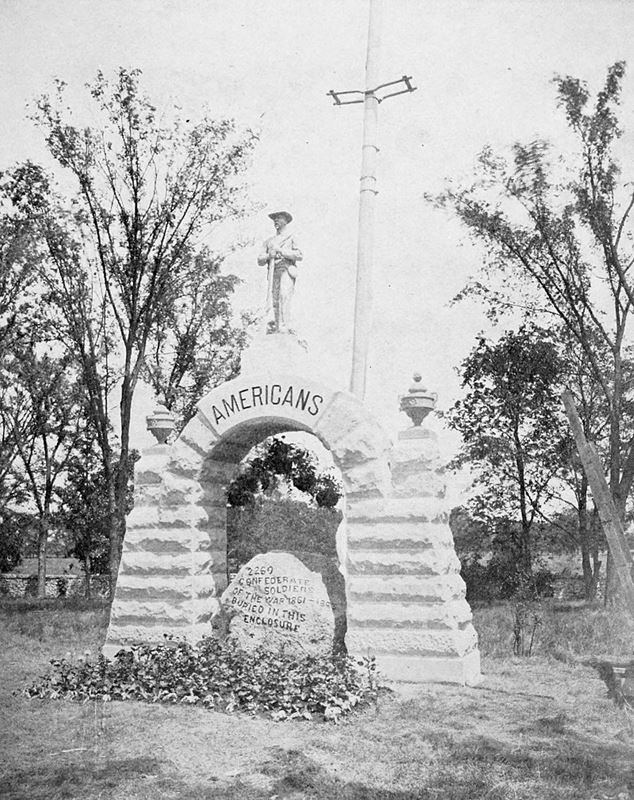The Battle of Marathon, fought in 490 BCE between the Athenians and Persians, holds a significant place in history as a testament to strategic brilliance, unwavering determination, and the birth of democratic ideals. This clash, a pivotal event during the Greco-Persian Wars, showcased the triumph of the outnumbered Athenian forces against the mighty Persian Empire. The battle not only secured Athens’ freedom but also served as a source of inspiration for future generations, symbolizing the power of courage and unity. In this article, we delve into the intricacies of the Battle of Marathon, examining the strategies employed, the key players involved, and the profound impact it had on the course of history.
I. Historical and Political Context
To understand the Battle of Marathon, it is essential to grasp the historical and political context of the time. In the 5th century BCE, the Persian Empire, under King Darius I, sought to expand its dominion and control over the Greek city-states. In 490 BCE, Darius dispatched a massive fleet and army to conquer Greece, seeking to punish Athens for supporting the Ionian Revolt against Persian rule. As news of the Persian invasion reached Athens, the city-state faced a crucial decision that would determine its destiny.
II. Preparation and Strategy
A. Athenian Response: Upon receiving news of the Persian invasion, the Athenians faced a daunting challenge. Led by the strategos (general) Miltiades, they had to decide whether to engage the Persians directly or adopt a defensive stance. Despite internal divisions, the Athenians voted in favor of confronting the Persians at Marathon, driven by a desire to defend their homeland and preserve their fledgling democratic system.
B. Persian Invasion and Forces: The Persian army, estimated to be between 20,000 and 25,000 strong, included both Persian and auxiliary troops from various subject nations. The Persian forces were formidable, equipped with archers, cavalry, and highly disciplined infantry.
C. Athenian Strategy: Miltiades devised a bold plan that played to the strengths of the Athenian hoplite warriors. Recognizing the need to neutralize the Persian cavalry advantage, he extended his battle line to match the Persian flanks, reducing the effectiveness of the Persian cavalry charges. Miltiades placed the strongest Athenian hoplite units in the center, intending to break the Persian line and envelop their forces.
D. Battle Formation and Tactics: The Athenians organized their forces into a phalanx formation, a tightly packed infantry formation known for its cohesion and offensive capabilities. Armed with spears and shields, the hoplites presented a formidable front. Miltiades instructed his soldiers to advance quickly, closing the gap between the armies before the Persian archers could inflict substantial damage.
III. The Battle and Athenian Victory
A. The Clash: As the Athenians and Persians faced each other on the plains of Marathon, tension and anticipation filled the air. The battle commenced with both sides exchanging volleys of arrows, although the Athenians bore the brunt of the Persian archers’ initial assault. Undeterred, the Athenians pressed forward, determined to engage the Persian infantry in close combat.
B. The Athenian Charge: In a daring maneuver, the Athenian center surged forward, smashing into the Persian line with remarkable force. The well-trained Athenian hoplites pushed through the weaker sections of the Persian army, shattering their cohesion and causing panic. Meanwhile, the Athenian wings, though initially pushed back, regrouped and closed in on the Persian flanks, creating a pincer movement.
C. The Turning Point: The Athenians, inspired by their early success and sensing victory, pressed their advantage. Overwhelmed by the coordinated Athenian assault, the Persians found themselves unable to mount a cohesive defense. Despite the Persians’ numerical superiority, their lack of experience with the Greek style of warfare proved to be a significant disadvantage.
D. Athenian Triumph: With the Persian forces in disarray, the Athenians drove the enemy back toward their ships. Faced with imminent defeat, the Persians attempted to regroup and protect their ships from Athenian capture. However, the Athenians maintained their pursuit, inflicting heavy casualties on the retreating Persians.
IV. Significance and Legacy
The Battle of Marathon left an indelible mark on history, carrying profound significance in various realms.
A. Strategic and Tactical Brilliance: The Athenian victory at Marathon showcased the effectiveness of strategic planning and tactical execution. Miltiades’ bold maneuver, combined with the discipline and tenacity of the Athenian hoplites, resulted in a resounding triumph against overwhelming odds.
B. Preservation of Democracy: The Athenian victory at Marathon played a crucial role in preserving the democratic system. Had the Persians conquered Athens, the fledgling experiment in democracy might have been extinguished, fundamentally altering the course of Western civilization.
C. Inspiration and Symbolism: The Battle of Marathon became a symbol of bravery, unity, and the resilience of the Athenian spirit. It served as an inspiration for subsequent generations, highlighting the power of courage and determination in the face of adversity.
D. Impact on the Greco-Persian Wars: The Athenian victory at Marathon dealt a significant blow to the Persian Empire, thwarting their invasion of Greece. It marked a turning point in the Greco-Persian Wars and set the stage for subsequent Greek victories, culminating in the defeat of the Persians at the Battle of Plataea in 479 BCE.
Conclusion
The Battle of Marathon stands as a testament to the power of strategy, determination, and the indomitable spirit of the Athenians. Against overwhelming odds, they emerged triumphant, securing their freedom and leaving an enduring legacy. The battle’s impact on the preservation of democracy, its strategic and tactical brilliance, and its symbolism as an inspiration continue to resonate today. The Battle of Marathon serves as a reminder of the remarkable feats that can be achieved when courage and unity prevail in the face of formidable challenges.

